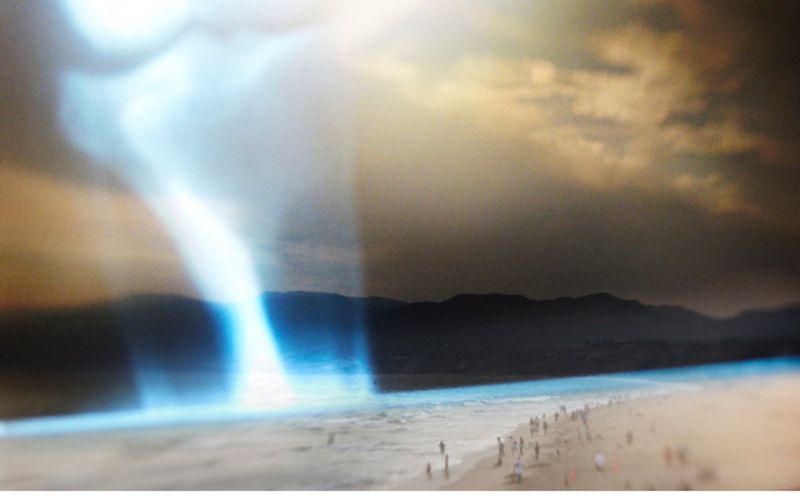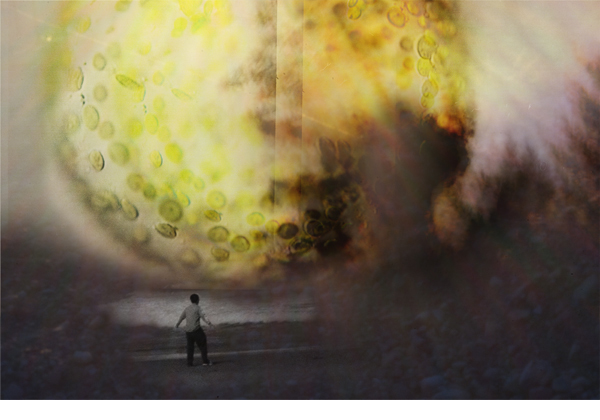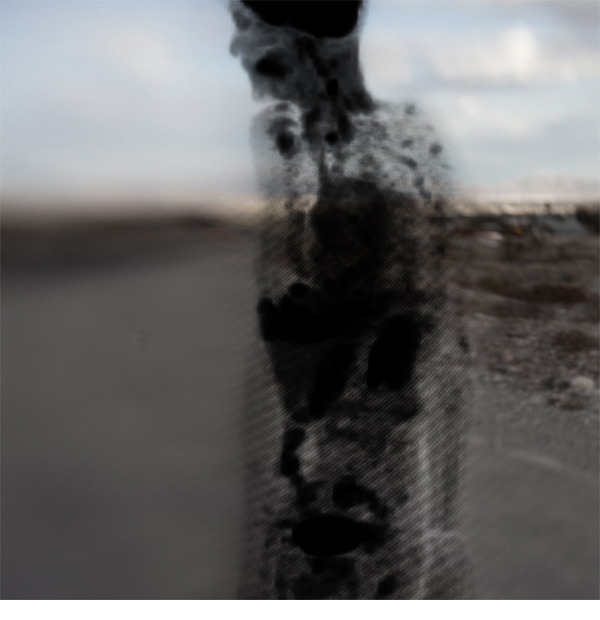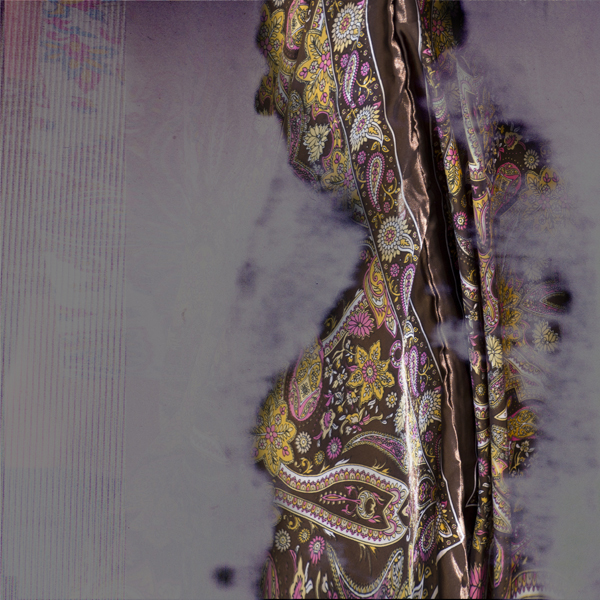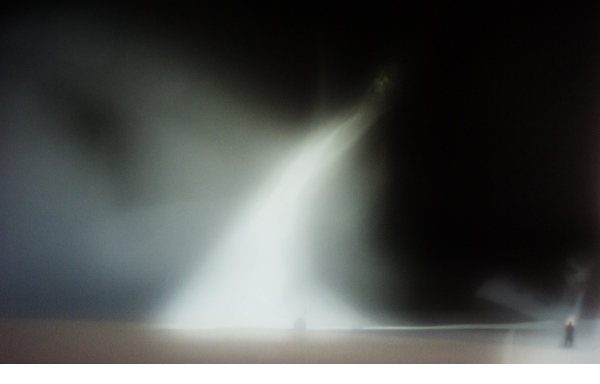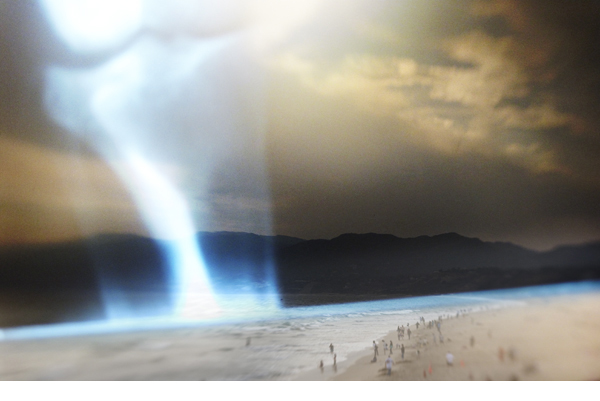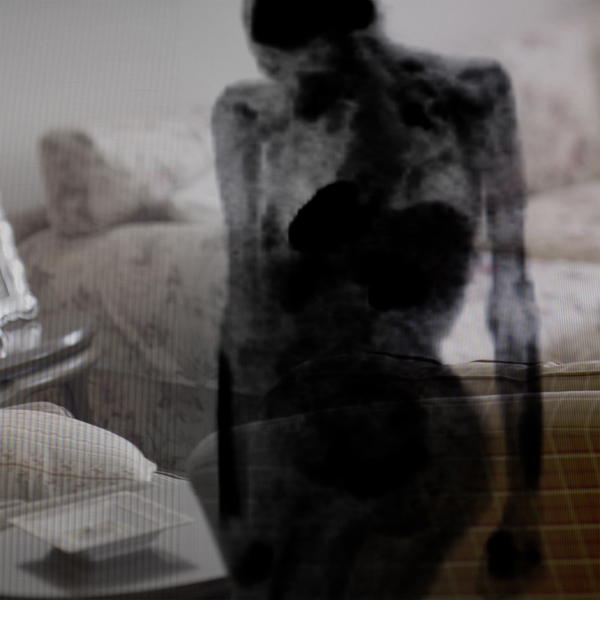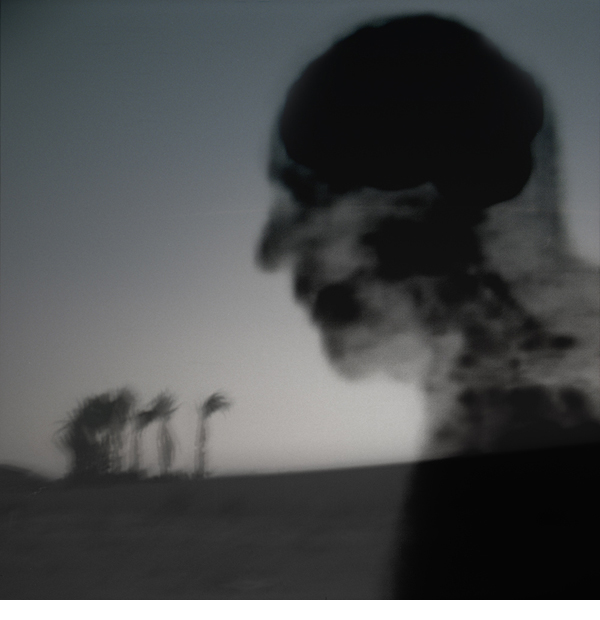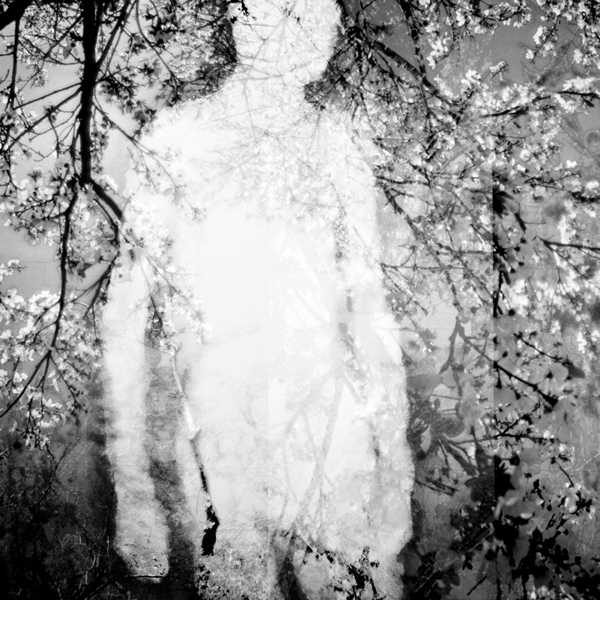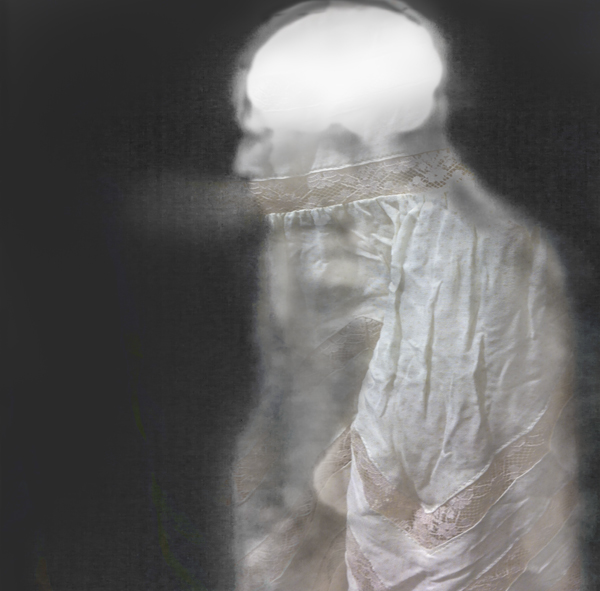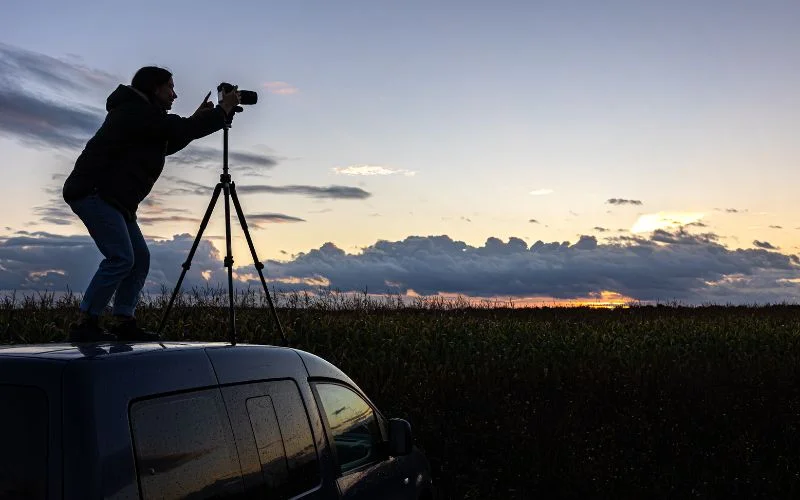In Vegas, there is glamour and glitz — lights, color, music — carefully designed to open wallets. There are bright floor plans that funnel your attention to even higher stakes, and scientifically researched orchestrations that keep you moving place to place. But you must remember that Vegas is also a city surrounded by the darkest of deserts and the ugliest of poverty. So it’s not surprising that visual artist Linda Alterwitz is based there. Much like Las Vegas, her work wrestles heavily with what’s seen and what’s hidden.
Specifically, the passion of Linda Alterwitz is to explore the boundary between art and science. Linda Alterwitz aims to find harmony between seeing the world logically and feeling the world creatively. This exploration is done by re-purposing x-rays, ultrasounds, and all sorts of other medical imagery, as counterparts within a composited photograph. When put into action, beauty emerges from the tension that holds these images together. Like Vegas, there is a carefully designed scissoring and merging of what’s meant to be seen and what’s not.
Her work has been featured by LENSCRATCH and exhibited in galleries across the nation, including stops at the Contemporary Arts Center: Las Vegas, and the Los Angeles Center for Digital Art.
In this interview, Linda Alterwitz talks about her unique creative process, explains her use of medical imaging and toy cameras, and reveals how Linda Alterwitz comes up with her compositions.
Let’s start with the equipment you use. Your digital cameras are used to capture a left-brained sensibility (logical and relational), while your toy film camera the opposite (fluid and associational). Could you explain how these cameras work within your creative process?
I always use experimentation as part of my process, trying to push the boundaries in some way. It’s important to me to use the chance and lack of control as an element of my work. In regards to photography, it’s just so easy to take a “perfect picture.” If you know how to use your camera, you can usually get the shot in regards to exposure, clarity, depth of field, etc. Although I am no stranger to a digital camera, I find the unpredictability and element of chance that you get with the plastic camera an interesting element in my work. The low-tech workings of the plastic camera fill this need in capturing that element of chance. In complete contrast to my low-tech cameras, I also use a high tech digital camera, the Canon 5D Mark II with a Canon EF 100mm f/2.8 lens. I use this equipment to re-photograph medical imagery, trying to capture a factual image of what lies beneath the surface of our unaided vision.
At the heart of what you do is compositing, whether through re-photographing or what looks like double exposing. What do you look for when you’re trying to find a base image or background?
When I photograph the landscape, I don’t have compositing in my mind. Yet when I’m sitting at my computer trying to pull a medical image together with a landscape, for example, it’s an emotive response that dictates which images work together. For example, if the scan of the human image appears proud, confident, or angry, then I might try and combine it with a landscape or interior space that suggests that same emotion. Yet I’m not always trying to keep it in the same mood, sometimes I just mix it up, try different things and see what happens, throwing in that element of chance once again.
Your Discarded Dreams project is visually complex and engaging. Could you explain the process behind these images?
In the series “Discarded Dreams” I blend together landscape images captured with a plastic camera with medical images or microscopic images (such as radiographs, microscopic algae, ultrasounds) that are either collected as a digital image or re-photographed on my digital camera. The medical imagery represents information required to see what cannot be seen on the surface. In contrast, photographic images of landscape provide a different type of information: that which is familiar, identifiable and exposed at the surface.
The fifth image in that series is one of my favorites. What went into this one? It looks like an x-ray composited into an ordinary day on the beach photograph.
Literally, yes, that’s accurate, but I’m hoping that’s not really what it looks like! I’d rather hear you say it looks like an unearthly visit, an extravaganza, or an event of unseen proportions! But to answer your question, the “bone” is an x-ray of my dog’s hip. She’s a beautiful German shepherd named Ruby and she can be seen in several of my images.
When you’re working with your digital camera, do you find your imagination constrained? What is your approach to making photographs for your final composites?
The digital camera stimulates my imagination just as much as my Diana. I just have a lot more control over what I am doing. I like digital and film for different reasons. One helps me go fast and the other slows me down. All in all, using both cameras keeps me at a nice pace. As far as my approach, I try several images together until something changes whereas the meaning of the separate images takes on a completely different interpretation when combined as one image. Amazingly enough, the best final images happen very quickly. The ones I struggle with for hours usually go to trash.
The images within the In-Sight portion of While I Am Still can be viewed as strange (scientifically produced) portraits. Could you explain your aim with that series?
In this series I challenge the viewer to explore a disquieting escape of the mind amidst the physical body’s subjugation of testing inside a medical imaging machine. In these photographs, my goal is to bring insight and awareness to this struggle and the resulting withdrawal of the inner mind.
What are the most challenging aspects of your work? Getting the photographs? Or finding patterns that will work together?
Making this work can only be described as energizing and exhilarating! I love every aspect of my process from loading the film to printing. To be honest, the most challenging aspect of my work is finding the right audience and getting my work where I think it needs to be.
For our aspiring fine art photographers out there, what advice could you give about composition? Any lessons you found by pulling together disparate sources?
I happen to have formal training in fine arts and received my MFA in painting and drawing. I use that knowledge intuitively every time I pick up my camera. My advice to those who would like to enhance their skills in composition is to take a drawing class. It’s like the alphabet for visual arts. Cheers!
Be sure to check out all the work of Linda Alterwitz on her website and MagClouds.
